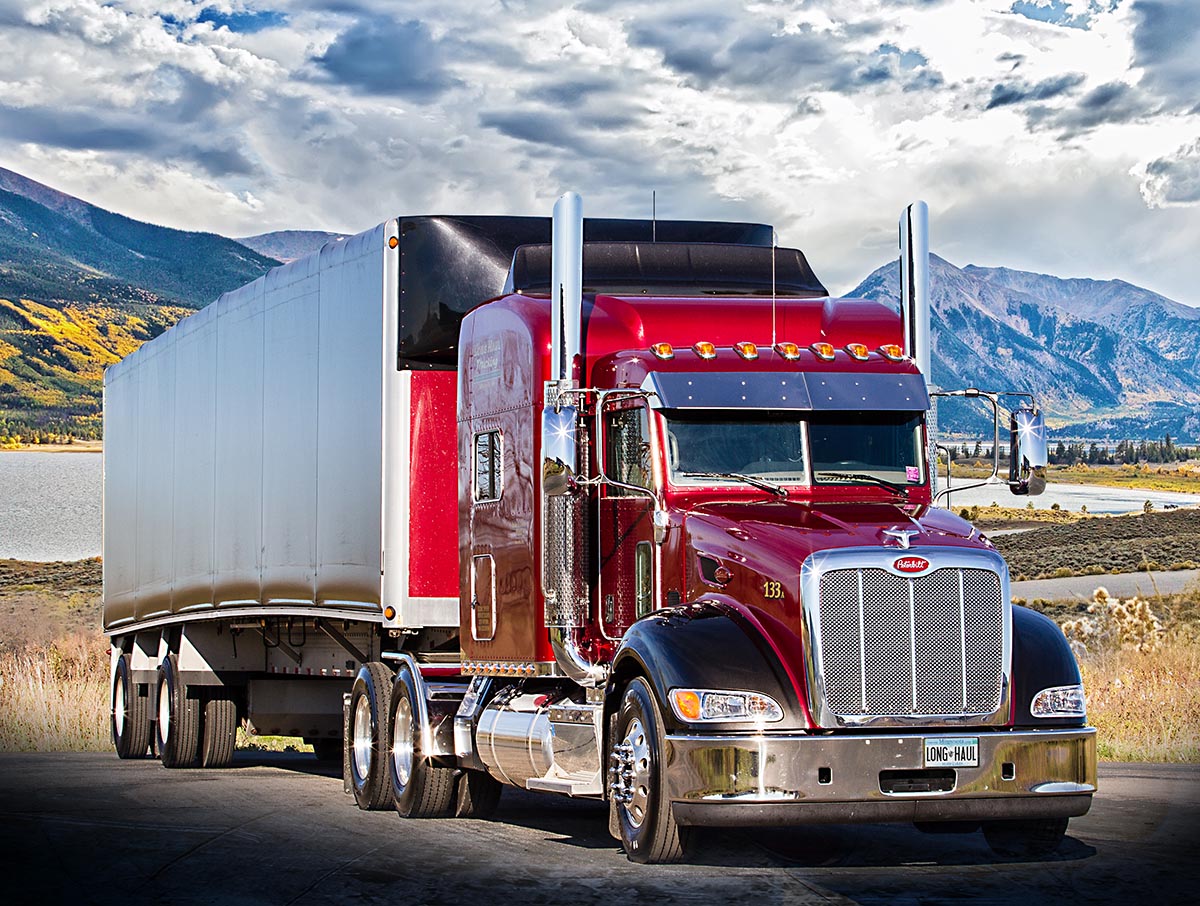Long haul trucking is a demanding profession that requires not only skill and endurance but also a keen focus on efficiency, particularly when it comes to fuel consumption. Optimizing fuel efficiency not only reduces operational costs but also plays a crucial role in minimizing environmental impact. Here, we delve into ten essential tips that every long haul trucker should consider to maximize fuel efficiency and maintain sustainable practices on the road.
Maintain Optimal Tire Pressure
Proper tire maintenance is fundamental to reducing fuel consumption. Underinflated tires increase rolling resistance, meaning the engine must work harder to maintain speed, thereby consuming more fuel. Conversely, overinflated tires can lead to uneven wear and reduced traction, impacting both safety and fuel efficiency. Regularly check tire pressure—ideally before each journey—and adjust accordingly to the manufacturer's specifications.
Utilize Cruise Control on Highways
Engaging cruise control on highways is an effective way to maintain a steady speed, which promotes fuel efficiency. By minimizing unnecessary acceleration and deceleration, cruise control helps the engine operate at a consistent rate, optimizing fuel consumption over long distances. However, remain attentive to traffic conditions and disengage cruise control when necessary for safety reasons.
Minimize Idling Time
Excessive idling is a significant contributor to fuel wastage and unnecessary emissions. To mitigate this, truckers should prioritize turning off their engines during prolonged stops, such as rest breaks or loading/unloading periods. Many modern trucks now come equipped with auxiliary power units (APUs). These are specialized systems designed to maintain essential functions. Functions such as climate control and power without the need for the main engine to remain idle. By leveraging APUs, truckers not only conserve fuel but also minimize engine wear and reduce emissions. They foster a more environmentally friendly and cost-effective approach to long haul trucking.
Plan Efficient Routes
Careful route planning can significantly reduce fuel consumption and improve overall efficiency. Utilize GPS navigation systems or route planning apps that consider factors such as traffic conditions, road gradients, and construction zones to select the most fuel-efficient route. Avoid routes with frequent stops or heavy congestion, as these conditions increase fuel usage due to repeated acceleration and deceleration.
Regularly Service Your Engine
A well-maintained engine operates more efficiently and consumes less fuel, crucial for truck hauling services. Follow the manufacturer's recommended maintenance schedule for oil changes, filter replacements, and overall tune-ups. Promptly address any mechanical issues that arise, as they can adversely affect fuel efficiency. These can be such as malfunctioning sensors or clogged fuel injectors—leading to increased fuel consumption over time.
Reduce Excess Weight
Carrying unnecessary weight adds to fuel consumption, as the engine must exert more effort to propel the long haul trucker. Regularly evaluate and remove unnecessary items from both the truck's cabin and cargo hold. When selecting materials and equipment, prioritize lightweight options that do not compromise safety or load integrity. Every pound saved translates into potential fuel savings during long haul journeys.
Use Aerodynamic Accessories
Investing in aerodynamic enhancements can significantly reduce drag and improve fuel efficiency. Accessories such as side skirts, trailer tails, and aerodynamic mirrors streamline airflow around the truck and trailer, reducing the energy required to maintain speed. Tailor these enhancements to your specific truck and trailer configuration for optimal aerodynamic performance and fuel savings.
Monitor and Adjust Driving Speed
Driving at excessive speeds significantly increases fuel consumption due to heightened aerodynamic drag and increased engine workload, especially for long haul trucker. Maintain a moderate and consistent speed within legal limits to optimize fuel efficiency. Utilize the truck's speedometer and cruise control features to monitor and adjust speed accordingly, especially when navigating varied terrain or changing road conditions.
Practice Smooth Acceleration and Braking
Aggressive driving behaviors, such as rapid acceleration and harsh braking, waste fuel. Moreover, it also contributes to increased wear and tear on vehicle components, especially in long haul transportation. Adopt a smooth driving style that anticipates traffic patterns and road conditions. Gradually accelerate to cruising speed and brake gently to conserve momentum. This maximizes fuel efficiency and prolongs the life of braking systems.
Choose Fuel-Efficient Tires
Selecting tires designed specifically for fuel efficiency can yield significant long-term savings. Fuel-efficient tires feature advanced tread designs and rubber compounds that minimize rolling resistance without compromising traction or durability. Consult with tire manufacturers or specialized suppliers in commercial truck tires to identify options that strike a balance between fuel efficiency, performance, and longevity.
Conclusion
In conclusion, optimizing fuel efficiency is not only beneficial for reducing operational costs but also for minimizing the environmental footprint associated with long haul trucker. By integrating these ten practical tips into daily operations—such as maintaining optimal tire pressure, utilizing cruise control, minimizing idle time, planning efficient routes, servicing the engine regularly, reducing excess weight, using aerodynamic accessories, monitoring driving speed, practicing smooth acceleration and braking, and selecting fuel-efficient tires—truckers can achieve significant fuel savings without compromising safety or performance. Welcome these practices as part of your professional routine to contribute to a sustainable future in the transportation industry, assuring efficiency and environmental responsibility on every journey.





Comments